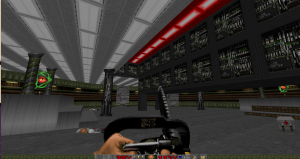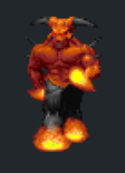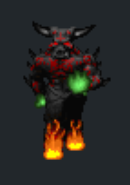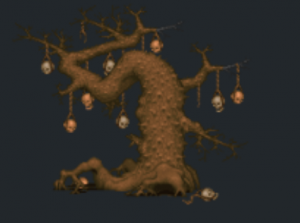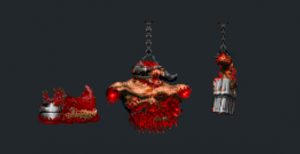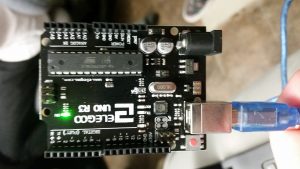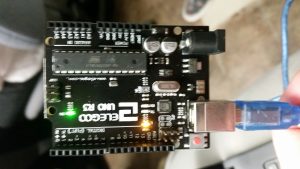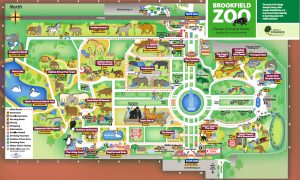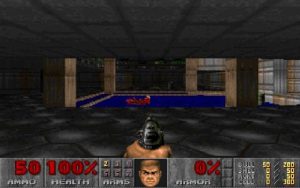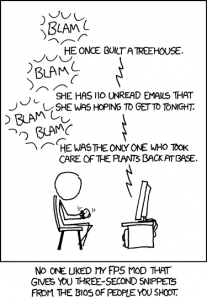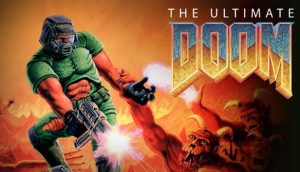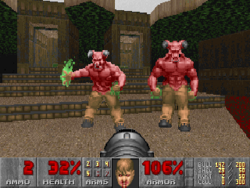At the end of my journey through DOOM, I have come out the other side with new insight into my creative interests and a few lessons about game design. One of those lessons, and perhaps the most important, is that I should make my expectations as limited as my time. I did not even come close to achieving my goal of making an entire episode of DOOM, mainly because I wanted to make the three levels I did finish full-fledged, detail oriented, individual yet contributing to an entire project. But this is not, to me at least, a story of my failure. I set out to make the best final product I could keeping to the DOOM aesthetic with a modern perspective on them. I made the best levels I could with my time limitations. They aren’t perfect, but improving each time I look them over again. Overall, I am proud of my accomplishments and I will continue my work on this .WAD until it’s finished.
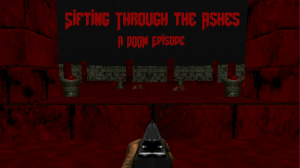
“Sifting Through the Ashes” is a replacement for the first (three levels so far) of DOOM aimed at challenging the player and introducing the best of DOOM‘s modded resources as if part of the original game. It represents the largest undertaking in my creative career so far, one that I see as a pinnacle moment in my game design. Working late nights on this was hard, tiring, stressful, but also fulfilling, fresh, exciting, and thrilling, especially when it resulted in praise from my peers and mentors. This quarter, and especially this class, will be remembered as the time period I started getting serious about game design.
